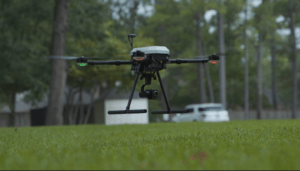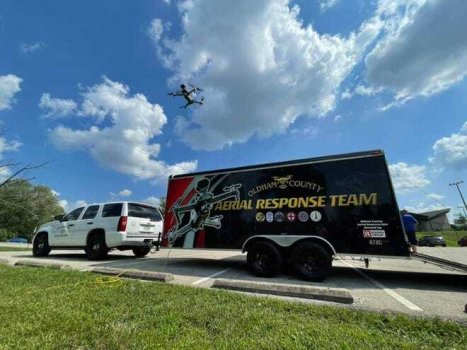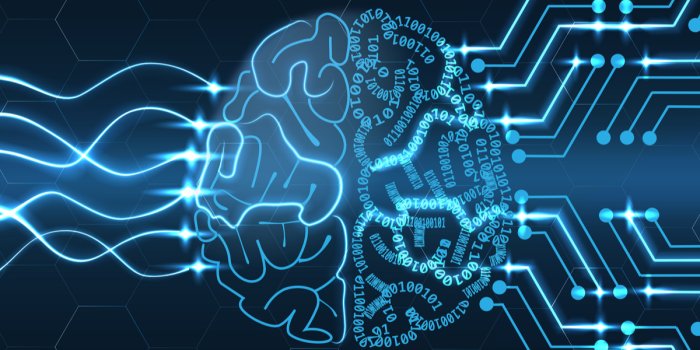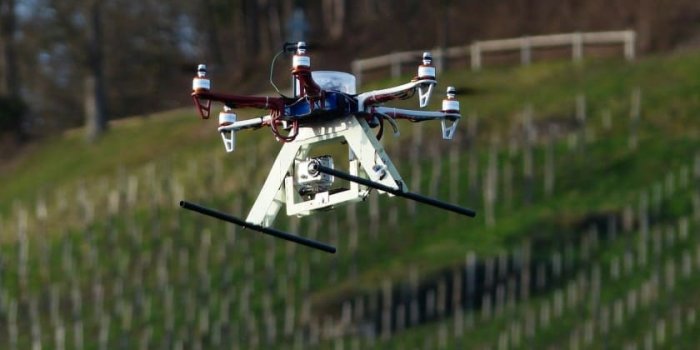Balancing medical privacy with ease of access for healthcare professionals is a challenge, but technology could provide the solution, says Aleph Zero Foundation’s Matthew Niemerg.
Most people don’t think of healthcare when they hear blockchain, and that’s understandable; the technology so far hasn’t gone much beyond financial instruments – at least, not in the eyes of the public. However, with the current state of affairs in healthcare, the time has come for change. And blockchain may well be at the heart of it.
One of the most challenging problems in the health-care industry is balancing people’s medical privacy with ease of access to medical history via electronic health records (EHRs). EHRs need to adhere to any mandated privacy laws which are distinct from jurisdiction to jurisdiction. Data standards across the myriad of solutions also poses a challenge as well.
If appropriately implemented, blockchain-based medical records systems of tomorrow could be far more accurate, secure and accessible than the one-size-fits-all approach applied to today’s electronic health records, all while putting additional power back in the hands of the patients. Here’s how.
The state of medical records today
The complexities and deficiencies of modern medical systems worldwide have strained healthcare professionals for decades. A transition to electronic health records, with opportunities for cost savings and reduced medical errors being the two primary benefits of an electronic-based system, made it hard to argue that a paper-based health record system longer held any merit.
Yet over time, EHRs have failed to live up to expectations, instead becoming the
leading cause of physician burnout. This comes from a variety of issues linked to these systems, but there is a big one of note. Many practitioners have expressed the feeling that EHRs cause far too much of their time ultimately being spent on data entry. This takes away from other important aspects of tending to clients and can even eat into the physician’s personal time. Additionally, issues such as poor quality documentation due to template-based reporting, and incompatibilities between different systems have further caused headaches and increased inefficiencies.
“Despite its failings, the EHR remains the central tool for capturing the plethora of new streams of data bubbling through health care”
Furthermore, EHR vendors have been
sued for selling non-functioning products to hospitals and accused of
acts of fraud, and although EHRs improved safety in some areas, they also introduce new risks systemic in nature. Kaiser Health News and Fortune detail these and other shortcomings in
Death by 1,000 clicks: where electronic health records went wrong.
In many ways though, despite its failings, the electronic health record (EHR) remains the central tool for capturing the plethora of new streams of data bubbling through health care, which is increasingly influencing clinical practice as well as pharma trials. Data such as phenotype measures, patient-reported outcomes, baseline genomic data, claims data and more needs to be captured, relying on the ability of all participants involved to properly use the electronic record-keeping systems, which is the biggest challenge on how well the system performs.
This is where the benefits of blockchain technology are frequently discussed and there is widespread agreement that its role could transform drug development and the supply chain, clinical trials management, the delivery of healthcare to patients and much more. Finally, there is now a compelling reason for blockchain’s implementation in life sciences, here’s why.
Blockchain: The ultimate electronic health record
Blockchain technology, popularised by cryptocurrencies such as Bitcoin, stands to hold the keys to a much more comprehensive and secure system of medical records. This is possible because of what a blockchain inherently is: a ledger cryptographically enforced to ensure the integrity of the data on it. When put to work on securing medical data, blockchain can store information in a way that is accessible to anyone on the network, completely immutable, and tamper-proof.
Blockchain-based electronic health records would give doctors and nurses control over the flow of information from a single, trusted platform. Everyone would be able to see the same data, and all updates would be visible to the whole network almost immediately. This means that medical teams can trust that what they learn about a patient is both accurate and up to date.
“One of the critical pieces of technology that can make this all possible is already in the pockets of much of the population – mobile devices”
There are various ways that a system like this could potentially be implemented in hospitals and doctors’ offices worldwide. But one of the critical pieces of technology that can make this all possible is already in the pockets of much of the population – mobile devices. Phones and similar devices now have the power and communication abilities to monitor an individual’s vitals and be an access point for both inputting and retrieving data.
Already many citizens use their phones or smartwatches to keep tabs on their movement, calorie intake, and even mental health, to name a few. Hence, blockchain enables an evolution of these types of services. Putting all forms of health monitoring into a single, standard platform accessible to health professionals streamlines the operation and allows for better oversight on the quality of care being provided. Backing up the information with blockchain means that once data is inputted, it cannot be tampered with or altered really in any way. Through blockchain-based electronic health records, it may even be feasible – in certain situations – to incentivise healthier life choices through a gamified and rewards system. Incorporating such a model would help elevate some of the pressure on publicly funded healthcare systems as patients start adopting healthier lifestyles.
Continue reading:
https://pharmaphorum.com/digital/blockchain-healthcare-electronic-medical-records/

























